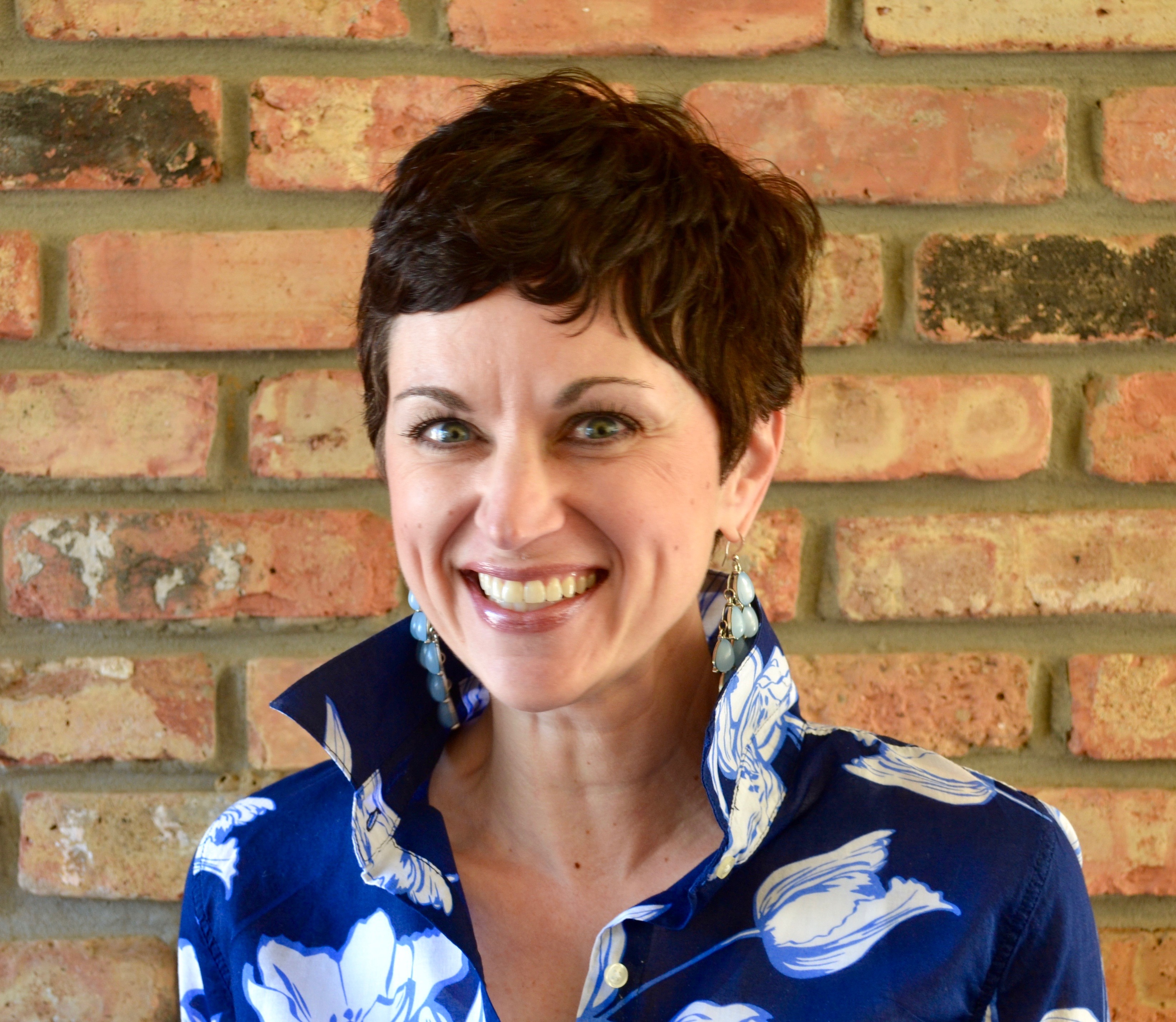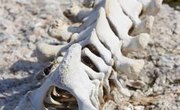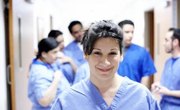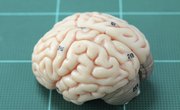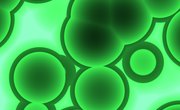Throughout your time as a student, it’s inevitable that you will have to study several of the basic sciences. The basic study of the biological sciences usually starts as early as high school with an introduction to basic biology. Often, general biology begins with a general study of life and includes the dissection of various specimens such as a frog, fetal pig or heart.
However, if you choose to study the medical sciences in college, your study of biology will become much more complex. For example, majors including pre-med, nursing or microbiology will require additional study in anatomy and physiology or biology.
What’s the Study of Biology?
The study of general biology is usually included in most science curriculum plans. The study of biology is the study of life. Often this study begins at the cellular level including cell structure, transport and cell division. From there, the study shifts to genetics and on to reproduction.
The study of life will usually start with the study of plants and then expand into animal reproduction. Lastly, the study of biology will cover the major systems in the human body including circulation, respiration and digestion.
To better understand how these systems work, often time students will be required to practice dissections of certain specimens. These may include a cow or sheep heart, owl pellets or fetal pig. There may be some work with microscopes to better understand cellular life.
What’s the Study of Anatomy and Physiology?
As your study throughout higher education becomes more specific, and especially if you choose to study medical sciences, you will have to further your exploration into anatomy and physiology. The study of anatomy is a biological science; however, it is the specific study of the body structures of living things.The study of anatomy is typically broken into three subset areas of study:
- Gross Anatomy
- Microscopic Anatomy
- Physiology
Gross anatomy is the highly specialized study of the human body. During this study, the human body is completely studied and dissected. Gross anatomy is usually associated with medical school.
Microscopic anatomy further studies the cells, tissues and organs of the human body. This is a highly specialized area within the biological study of anatomy.
Physiology is a further study of the normal functions within the body. Typically, students in medical school will take both anatomy and physiology as the content in both studies are interrelated. The study of physiology includes furthering the understanding of organs, anatomy and cells and how these systems work together.
What’s the Difference Between Biology and Anatomy?
While anatomy and physiology are both biological sciences, they are not the same as general biology. It is important to understand the differences between biology and anatomy and physiology.
Biology vs. Anatomy
Biology and anatomy are interrelated, as anatomy is a subset of general biology. While students typically begin studying biology as early as elementary school, anatomy is usually not studied until college or at the post-graduate level.There are many ways these topics are related; however when you take a deeper look you will see that anatomy and biology are quite different.
Biology is the study of life including all parts and systems. Anatomy, however is the specific study of the human body. Although, in some studies such as veterinary school, students would study the anatomy of animals.
Physiology vs. Anatomy
Just as anatomy is a subset of biological science, so is physiology. However, while anatomy studies the structures of the body, physiology studies the specific body parts within the human body and how they function. Physiology studies how the different parts of the body work independently and together.
Anatomy and physiology are often taken together throughout the course of study. Both are subsets of general biology and while the specific focus of each course is different, they are interrelated. Therefore, the two courses are taken at or around the same time in the curriculum.
Related Articles
References
Writer Bio
Melanie Forstall has a doctorate in education and has worked in the field of education for over 20 years. She has been a teacher, grant writer, program director, and higher education instructor. She is a freelance writer specializing in education, and education related content. She writes for We Are Teachers, School Leaders Now, Classroom, Pocket Sense, local parenting magazines, and other professional academic outlets. Additionally, she has co-authored book chapters specializing in providing services for students with disabilities.


